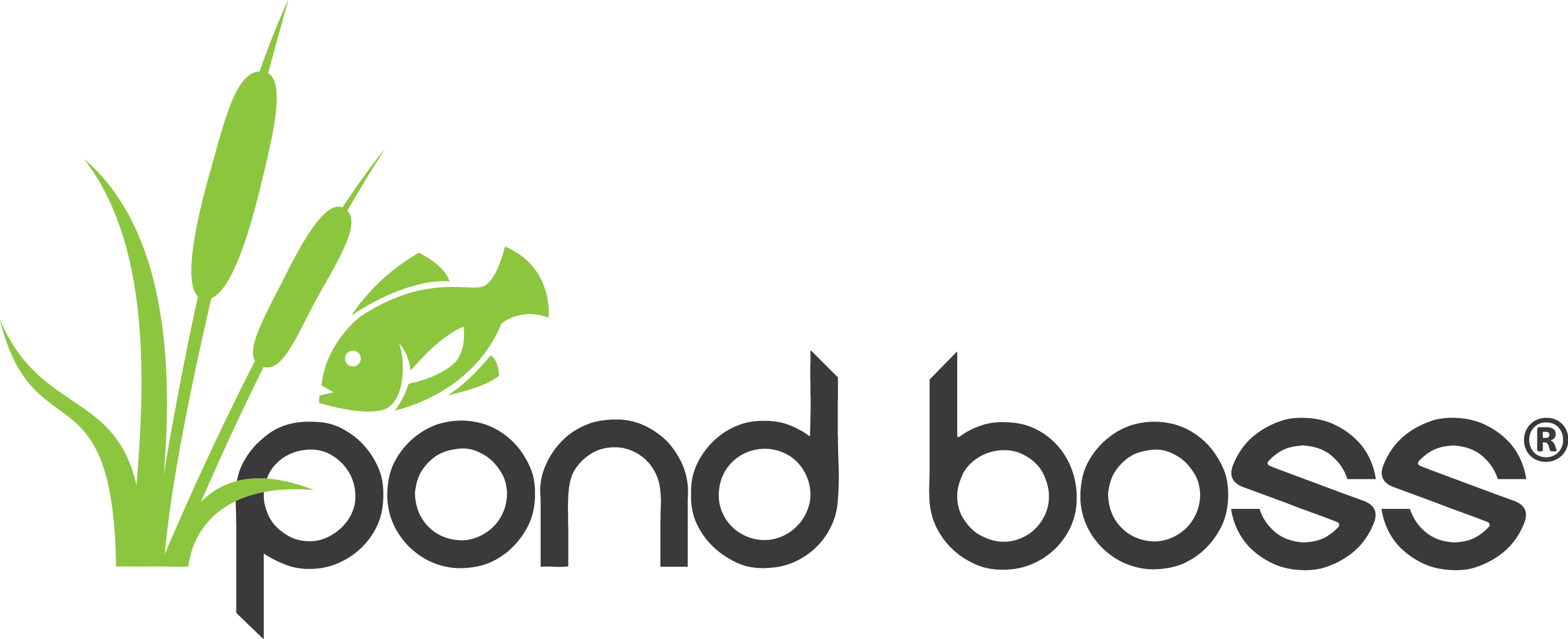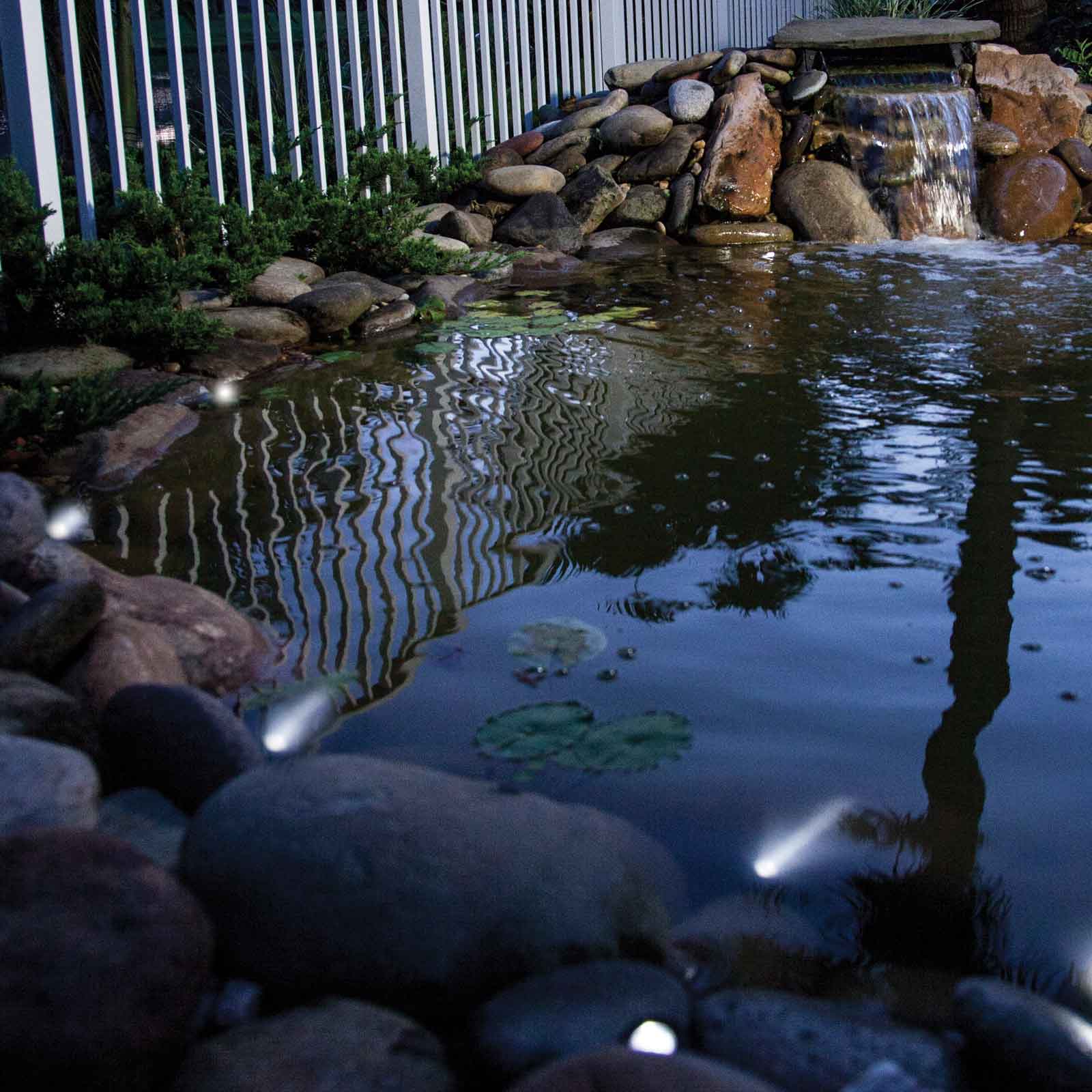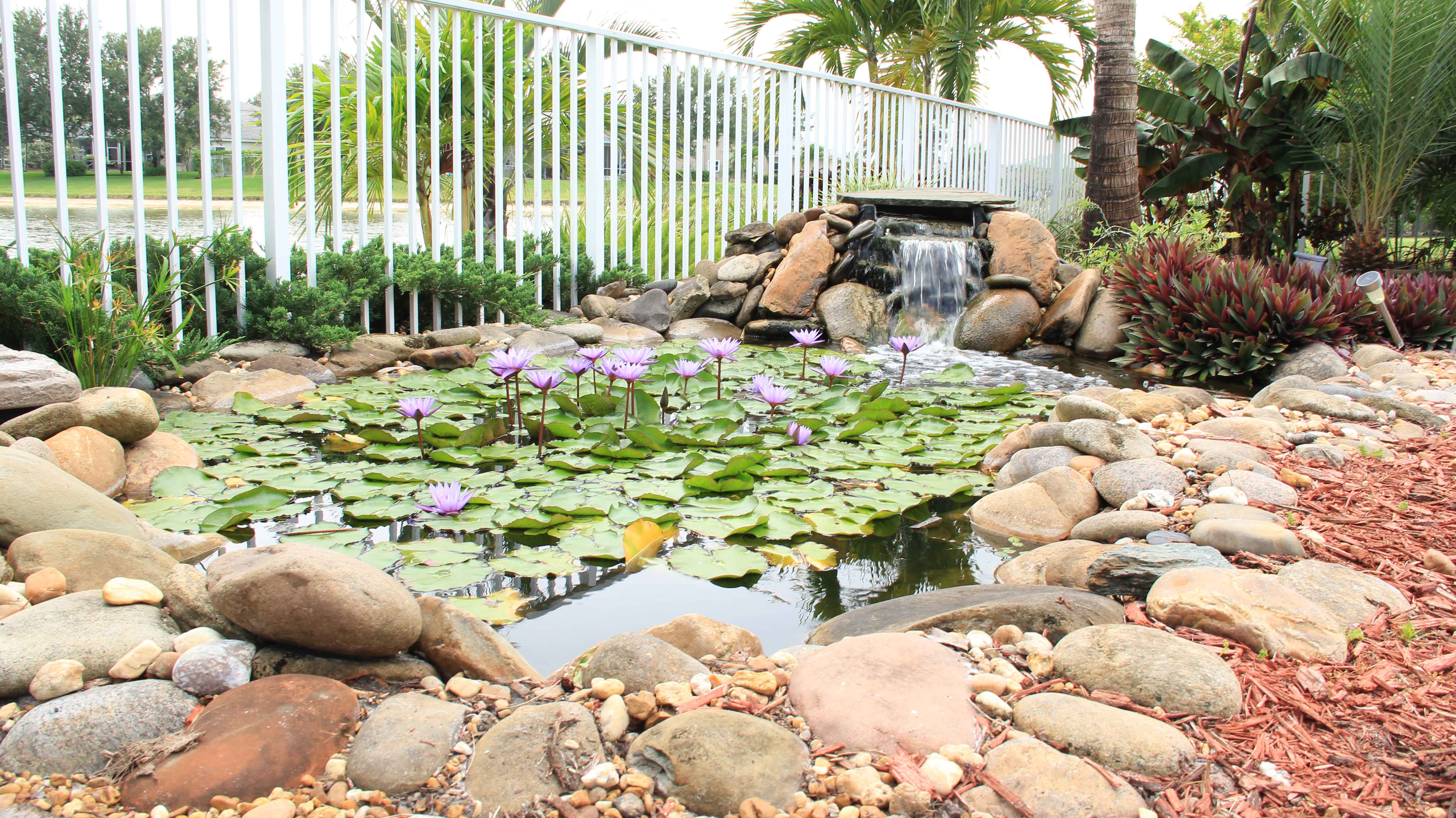
Water Quality Month
From the years 2005 to 2015, the United Nations call upon the world for an international decade of action call “Water for Life” to highlight the importance of water quality at the time and for years to come. They outline the need for change as “Declining water quality has become a global issue of concern as human populations grow, industrial and agricultural activities expand, and climate change threatens to cause major alterations to the hydrological cycle”. Out of this campaign, August was designated as Water Quality month.
The UN states, “Globally, the most prevalent water quality problem is eutrophication, a result of high-nutrient loads (mainly phosphorus and nitrogen), which substantially impairs beneficial uses of water. Major nutrient sources include agricultural runoff, domestic sewage (also a source of microbial pollution), industrial effluents and atmospheric inputs from fossil fuel burning and bush fires. Lakes and reservoirs are particularly susceptible to the negative impacts of eutrophication because of their complex dynamics, relatively longer water residence times and their role as an integrating sink for pollutants from their drainage basins. Nitrogen concentrations exceeding 5 milligrams per liter of water often indicate pollution from human and animal waste or fertilizer runoff from agricultural areas.”
High-nutrient loads are cited as one of the two main contributing factors to poor water quality. Unfortunately this can be a problem in a backyard pond, but we have a few steps that will make sure your pond is water is at its best.
1. Reduce Nutrient Loads
Nutrient loads can be found from uneaten fish food, fish waste, decaying plants, and runoff. Make sure to only feed your fish what they are able to eat in a few minutes. Use a Fish Food that floats, so you can easily see what is eaten and what is not. If you feed a bit too much try to scoop it out of the pond with a Fish Net. Fish waste can also be reduced by not overfeeding fish, particularly during cooler months. Plus, feeding healthy amounts will help to reduce fish illness. Decaying plants can lead to high levels of nutrients in your pond. Make sure to trim your aquatic plants as needed picking up any decaying leaves rather than letting them fall into the water. If you have trees that overhang your pond, be vigilant in fall to collect falling leaves and use a Pond Skimmer to collect them before they sink to the bottom of your pond. If plants do sink to the bottom of your pond you can use a pond vacuum to collect them up.
2. Test Water Quality
Testing your pond’s water quality is a lot easier than you may think. pond boss offers Test Strips that test for alkalinity, nitrates, nitrites, hardness, and pH which are the main indicators of high nutrient loads. Unlike algae that is visible, these water quality levels aren’t visibly recognizable at first, so you can help identify a problem before you see a visibly declining pond.
3. Maintain Your Pond with Water Treatments
The best way to combat high nutrient loads that already are present in your pond is to use a Sludge Remover if there is visible buildup at the bottom of your pond or beneficial bacteria to consume nutrient loads with one of these options: The Block™, Warm Water Bacteria, Cold Water Bacteria, or Pond Cleaner Tablets. If you prefer, barley is a time-tested all-natural way to maintain your pond and reduce nutrient loads.
4. Add Aeration
Aeration is a great way to help introduce dissolved oxygen into your water. Not only is this important for fish and plant health, but it helps to cycle nitrates and nitrites to a healthy level for ponds. Use and aerator, waterfall spillway, or pond nozzle to help aerate your pond.
With these few simple steps, you will be back on track to water quality in a way the best represents the month of August.


